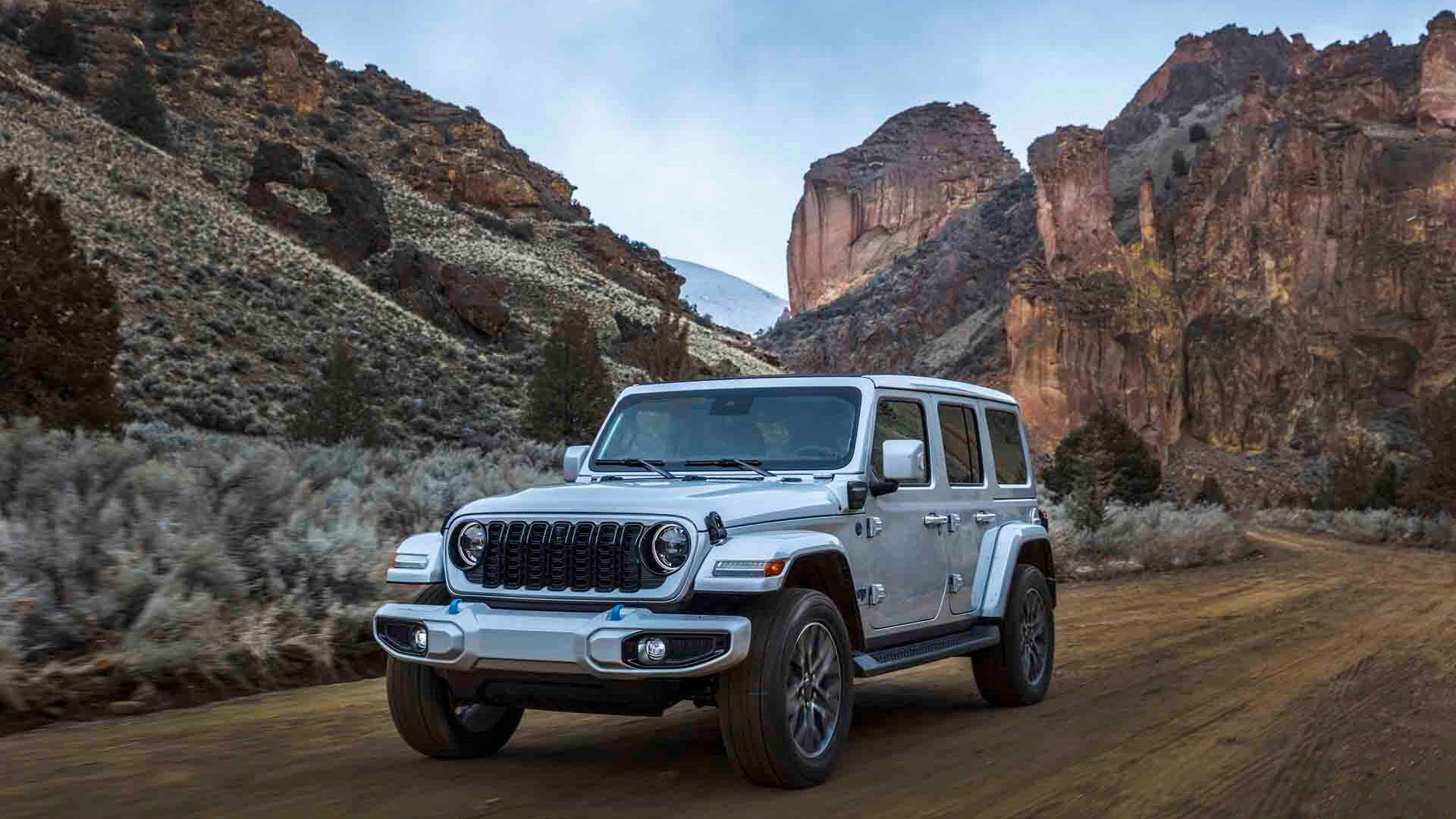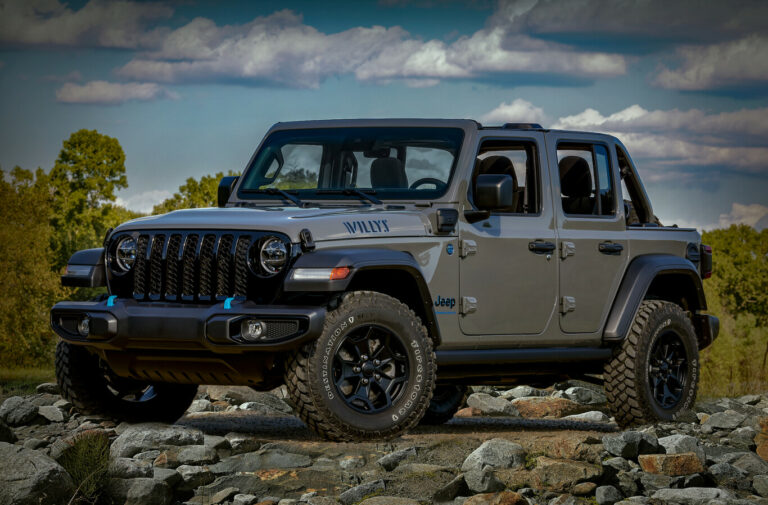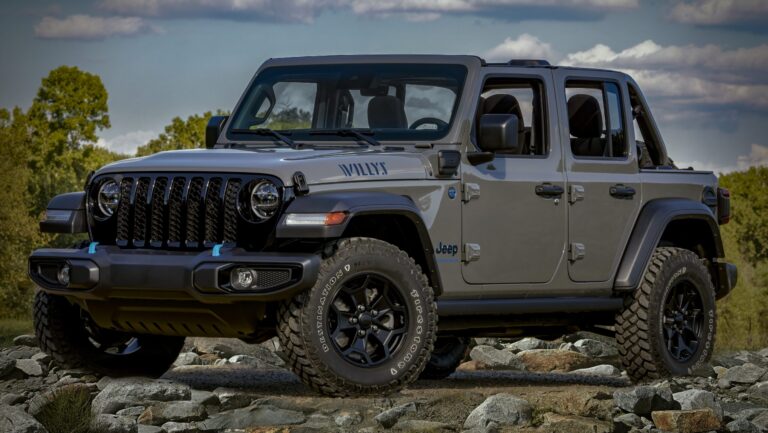Jeep Wrangler 3rd Row: Expanding Capacity in an Off-Road Icon
Jeep Wrangler 3rd Row: Expanding Capacity in an Off-Road Icon jeeps.truckstrend.com
The Jeep Wrangler, an undisputed symbol of adventure and rugged capability, has long captured the hearts of enthusiasts worldwide. Its iconic design, removable tops, and unparalleled off-road prowess make it a unique proposition in the automotive landscape. However, as families grow or the need for more passenger capacity arises, a common question echoes among potential buyers and current owners: "Does the Jeep Wrangler come with a 3rd row?" The straightforward answer for standard factory models is no. This article delves into the reality of the Jeep Wrangler’s seating capacity, the demand for a third row, and the aftermarket solutions that attempt to meet this need, exploring their benefits, challenges, and critical considerations.
The Factory Reality: No Third Row for the Wrangler
Jeep Wrangler 3rd Row: Expanding Capacity in an Off-Road Icon
From its inception, the Jeep Wrangler has been designed as a two-row vehicle, prioritizing a compact footprint, exceptional departure angles, and ample cargo space for gear, especially in its 2-door variants. Even the more family-friendly 4-door Wrangler Unlimited (JL and JK generations) offers seating for five across two rows, with the rear bench seat providing decent legroom and cargo space behind it.
The absence of a factory-installed third row is not an oversight but a deliberate design choice rooted in the Wrangler’s core philosophy:
- Compact Dimensions: To maintain its legendary maneuverability on tight trails and through challenging terrain, the Wrangler’s wheelbase and overall length are relatively constrained. Adding a third row would significantly extend the vehicle, compromising its off-road geometry and agility.
- Cargo Space: The area behind the second row is crucial for carrying recovery gear, camping equipment, or everyday necessities. A third row would consume this vital space, making the vehicle less practical for its intended adventurous use.
- Safety and Engineering: Integrating a third row requires complex engineering for crumple zones, seatbelt anchors, and occupant protection in various crash scenarios. Designing a safe, factory-certified third row within the Wrangler’s existing architecture would present significant challenges.
- Brand Identity: The Wrangler is about raw, open-air adventure. Overloading it with passengers might detract from its core identity as a capable, yet minimalist, off-road machine.
![]()
While this design choice aligns perfectly with Jeep’s brand ethos, it leaves a segment of potential buyers—those who love the Wrangler but need more than five seats—seeking alternative solutions.
The Demand: Why Seek a Third Row in a Wrangler?
Despite the factory limitations, the demand for a third-row option in the Jeep Wrangler persists. This desire often stems from several practical needs:
- Growing Families: As families expand, the five-seat limit becomes restrictive for daily commutes, school runs, or weekend trips with children and their friends.
- Carpooling & Friends: For social individuals or those involved in carpooling, the ability to transport more than five people without taking multiple vehicles is a significant convenience.
- Versatility: Owners who appreciate the Wrangler’s unique lifestyle often wish to combine its adventurous spirit with increased passenger capacity for group outings or family vacations.
- Unique Aesthetic: For some, the appeal of a rugged, go-anywhere vehicle with the unexpected utility of a third row creates a highly desirable, custom aesthetic.

This strong demand has led to the emergence of aftermarket solutions, transforming the Wrangler from a five-seater to a vehicle capable of carrying more passengers, albeit with notable compromises.
Exploring Aftermarket 3rd Row Solutions
Since Jeep does not offer a factory third row, the only way to achieve this configuration is through aftermarket modifications. These solutions typically involve installing additional seating in the cargo area behind the second row.
Types of Aftermarket Kits:
- Bench Seats: These are the most common type, designed to fit snugly in the rear cargo area.
- Foldable: Many are designed to fold flat or tumble forward, allowing for some cargo space when not in use.
- Forward-Facing: Generally preferred for safety, mimicking standard vehicle seating.
- Material Matching: Often available in upholstery that matches or complements the existing Wrangler interior.
- Jump Seats: Less common for the Wrangler, these are smaller, often side-facing seats that provide minimal comfort, usually for occasional use or small children. They are rarely seen as a primary third-row solution due to safety concerns and limited usability.
- Custom Fabrications: For those with a larger budget and specific requirements, custom shops can engineer bespoke third-row solutions, sometimes integrating them more seamlessly into the vehicle’s structure. This is the most expensive and complex option.
Key Features to Look for in Aftermarket Kits:
- Seat Belts: Ensure the kit includes proper 3-point seat belts for each passenger. Lap belts offer significantly less protection.
- Mounting System: A robust, secure mounting system that bolts directly to the frame or reinforced body points is crucial for safety.
- Upholstery & Comfort: Consider the quality of materials, padding, and legroom provided, especially if adults will be using the seats.
- Foldability/Removability: How easily can the seats be stowed or removed to reclaim cargo space?
Installation Process:
- DIY vs. Professional: While some basic kits might be marketed as DIY-friendly, professional installation by a reputable shop specializing in vehicle modifications is highly recommended. This ensures proper alignment, secure mounting, and adherence to safety standards.
- Complexity: Installation typically involves drilling into the vehicle’s floor, mounting brackets, and routing seatbelt anchor points. Incorrect installation can compromise safety and vehicle integrity.
Crucial Considerations Before Adding a Third Row
Adding an aftermarket third row to your Jeep Wrangler is a significant modification with several critical implications that must be thoroughly understood.
1. Safety Concerns (Paramount)
This is arguably the most important factor. Aftermarket seats are generally not crash-tested to OEM (Original Equipment Manufacturer) standards, nor are they integrated into the vehicle’s original safety cell design.
- Lack of Crumple Zones: The cargo area is not designed with the same crumple zone protection as the front and second rows, potentially exposing third-row occupants to greater risk in a rear-end collision.
- Seatbelt Anchorage: While kits provide seatbelts, the strength and placement of their anchor points may not meet factory safety standards.
- Airbag Compatibility: The vehicle’s airbag system is calibrated for a specific number of occupants and seating positions. Adding more seats does not extend airbag coverage or effectiveness.
- Child Seats: LATCH (Lower Anchors and Tethers for Children) systems are rarely integrated into aftermarket third rows, making secure child seat installation difficult or impossible.
Always prioritize kits that come with independent safety certifications or strong testimonials regarding their structural integrity, even if they aren’t OEM-level tested.
2. Legal and Insurance Implications
- Vehicle Registration: Modifying your vehicle’s seating capacity might require updating your vehicle registration with your local Department of Motor Vehicles (DMV) or equivalent authority. Failing to do so could lead to legal issues.
- State Regulations: Laws regarding vehicle modifications, particularly seating capacity, vary by state and country. Research your local regulations thoroughly before proceeding.
- Insurance Coverage: Inform your insurance provider about the modification. Some insurers may refuse to cover accidents involving the aftermarket seats, or they may require a higher premium. Without proper disclosure, your policy could be voided in the event of a claim.
3. Impact on Space and Comfort
- Cargo Space Reduction: A third row will almost entirely eliminate the rear cargo area behind the second row. This significantly impacts the Wrangler’s utility for gear, groceries, or luggage.
- Legroom: Third-row legroom will be severely limited, especially for adults. These seats are typically best suited for children or short trips.
- Entry/Exit: Accessing the third row usually requires folding or sliding the second row, which can be cumbersome, especially for adults.
4. Impact on Vehicle Performance and Capability
- Weight Distribution: Adding weight to the rear of the vehicle can alter its weight distribution, potentially affecting handling, braking, and suspension performance, especially during off-roading.
- Off-Road Capability: The added weight and potential for altered departure angles (if the seat structure extends significantly) could slightly diminish the Wrangler’s legendary off-road prowess.
Pros and Cons of Adding a 3rd Row to a Jeep Wrangler
Pros:
- Increased Passenger Capacity: The primary benefit, allowing you to transport more people.
- Enhanced Versatility: Makes your Wrangler more suitable for family outings, carpooling, and group adventures.
- Unique Customization: Differentiates your Wrangler and adds a unique functional element.
Cons:
- Significant Safety Concerns: Lack of OEM crash testing and integrated safety features.
- Reduced Cargo Space: Virtually eliminates the rear cargo area.
- Compromised Comfort: Limited legroom and often less comfortable than factory seats.
- Legal & Insurance Hurdles: Potential issues with registration, state laws, and insurance coverage.
- Cost: Aftermarket kits and professional installation can be expensive.
- Potential Impact on Resale Value: While some buyers might seek this feature, others might be deterred by the non-factory modification.
- Altered Vehicle Dynamics: Can affect handling and off-road performance.
Tips for a Successful 3rd Row Integration
If you decide to proceed with adding a third row, follow these tips to ensure the safest and most effective integration:
- Prioritize Safety Above All: Choose kits from reputable manufacturers known for their quality and safety features. Look for strong, reinforced mounting points and proper 3-point seatbelts.
- Professional Installation is Key: Even if you’re handy, the critical nature of seating and safety demands professional installation by experienced technicians who understand vehicle modifications and safety standards.
- Thorough Research: Read reviews, consult forums, and talk to other Wrangler owners who have made similar modifications. Learn from their experiences.
- Check Local Regulations: Before purchasing any kit, verify your state’s or country’s specific laws regarding vehicle seating modifications and registration requirements.
- Communicate with Your Insurer: Be transparent with your insurance provider. Understand how the modification will affect your policy and coverage. Get it in writing if possible.
- Understand the Trade-offs: Be realistic about the compromises you’ll make in terms of cargo space, comfort, and potential impact on off-road capability.
- Consider Your Use Case: If the third row is for very occasional use by small children, a simpler, more affordable kit might suffice. For more frequent use, invest in higher quality and comfort.
Aftermarket Jeep Wrangler 3rd Row Pricing Estimates
Please note that these prices are estimates and can vary significantly based on the specific kit, manufacturer, materials, features, and the complexity of installation. Professional installation costs are additional.
| Component / Service | Description | Estimated Price Range (USD) | Notes




